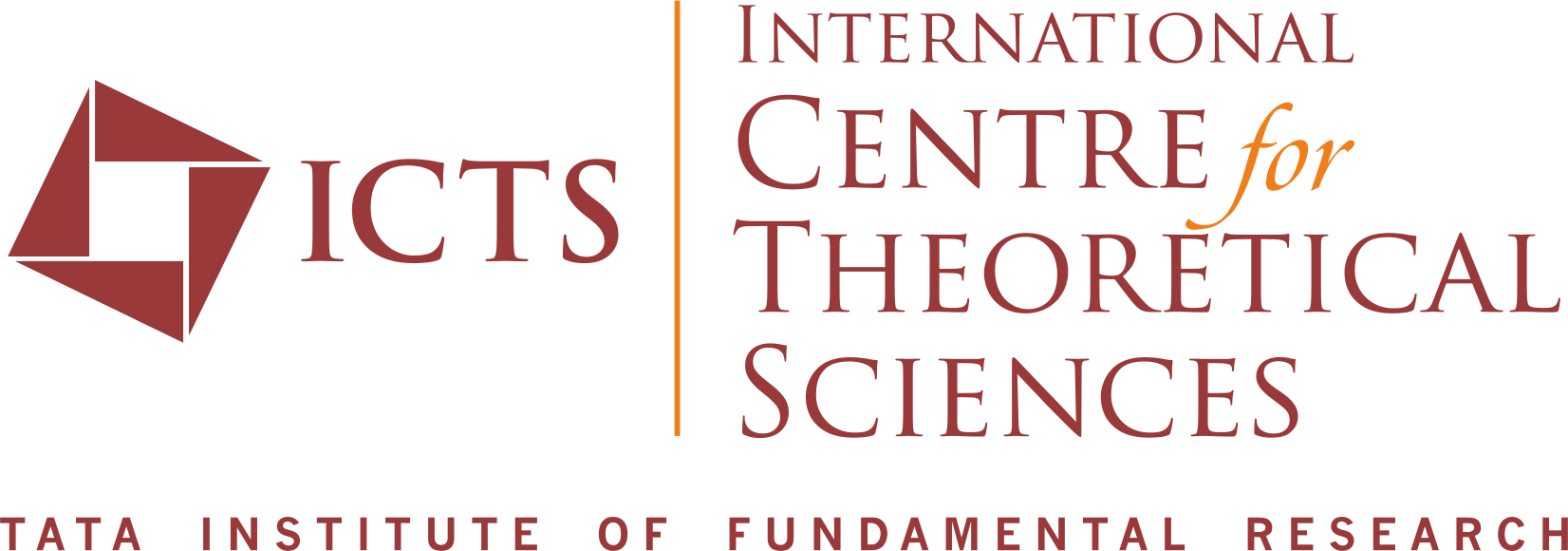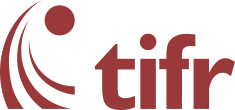L1 - Lecturer: Pierre Rouchon
Title: An introduction to Stochastic Master Equation (SME) and feedback for open quantum systems
Outline:
1) SME of the photon box: wave-function/density-operator formulation, dispersive/resonant propagator, Markov model, quantum Monte-Carlo trajectories, (super)-matringales, Quantum Non Demolition (QND) measurement of photons, Bayesian inference to include measurement imperfections and decoherence, simulation and convergence analysis.
2) Structure of dynamical models describing open quantum systems including measurement back-action and decoherence: discrete-time models based on quantum channels and left stochastic matrices; continuous-time models driven by Wiener processes (weak measurement) and Poisson processes (quantum jump and counting measurement).
3) Feedback issues relying on classical controllers (optimizing QND measurement via Markovian feedback, quantum state stabilization via Bayesian feedback) and on quantum controllers (stabilization of Schrödinger cats via autonomous feedback).
L2- Lecturer: David DiVincenzo
Title: Quantum Electrical Circuits
Outline: This will be based on the textbook/lecture notes: https://textbooks.open.tudelft.nl/textbooks/catalog/book/85
L3 - Lecturer: Benjamin Huard
Title: Quantum trajectories and measurement-based feedback control of superconducting circuits
Outline:
1) Introduction to quantum superconducting circuits: resonators, qubits, readout methods
2) Measurement apparatus and their modeling: amplifiers, homodyne and heterodyne measurements, photon detectors, photon counters, quantum efficiency
3) Quantum trajectories of superconducting qubits and cavities: quantum jumps, diffusive trajectories using dispersive measurement and/or fluorescence, past quantum states approach
4) Measurement-based feedback: stabilization of qubit states and trajectories, stabilization of cavity states, use of neural networks, pros and cons of feedback control compared to reservoir engineering techniques, applications
L4 - Lecturer: Howard Wiseman
Lecture 1: Quantum Trajectories as Unravellings
* Historical overview by me of 5 independent streams leading to quantum trajectory theory.
* My various small contributions as a PhD student when these all (more or less) came together in 1993.
* A unified description of jump and diffusion unravellings (presented by Mr Pierre Guilmin).
* My fascination with the different unravellings of simple quantum systems, and how it lead to the idea of quantum steering.
* How this would allow us to prove experimentally that there is no objective (measurement-independent) unraveling.
Lecture 2: Adaptive Quantum Trajectories
* Concept of an adaptive measurement and how it is distinct from feedback.
* Applications of adaptive measurements, including quantum metrology and quantum computing.
* Applications in quantum trajectories in particular, including
-- "practical" applications in metrology
-- potential applications to steering experiments (as introduced in previous lecture)
-- applications to a fundamental question: how big a brain do you need to apply quantum trajectory theory?
L5 - Lecturer: Klaus Molmer
Lecture 1
Title: Quantum Trajectories - from Quantum Optics to Bits and Pieces
Outline: In the early 1960's Roy Glauber presented a theory to characterize the temporal fluctuations in photo-detection signals. Such fluctuations can be signatures of non-classical properties, and the theory of photo-detection gave rise to the field of quantum optics with visions to control atomic light emitters to prepare and apply a variety of quantum states of light in experiments. In the past decades, "bits and pieces" of solid-state materials were manufactured with high purity and precision, enabling observation of similar phenomena with solid state spin systems and superconducting circuits, microwaves and acoustic waves as had been studied with single atoms and photons in quantum optics.
The talk will review more recent methods that refine and elaborate on Glauber's theories to describe the dynamics of open quantum systems, i.e., systems subject to interactions with their environment. These methods reintroduce, but with a plot twist, Niels Bohr's quantum jumps in modern quantum physics, and while being employed for quantum technology applications they imply delightful encounters with the famous discussions between Niels Bohr and Albert Einstein on the interpretation of quantum theory.
Lecture 2:
Title: Quantum trajectories: what can we learn about a monitored quantum system ?
Outline: In this lecture, we dive more into quantum trajectories, and discuss what kind of states are produced, and what kind of dynamics is observed when we monitor quantum systems.
Lecture 3:
Title: Quantum trajectories: what can we learn with a monitored quantum system ?
Outline: In this lecture, we will see how quantum trajectory theory is also the theory of sensing with quantum systems, i.e., the estimation of physical influences acting on the system.
L6 - Lecturer: Ion Nechita
Title: Tensor norms for quantum entanglement
A brief abstract: After introducing the basic notions about tensors, I will discuss different aspects of quantum entanglement in the framework of tensor norms. I will show how this point of view can bring new insights to this fundamental notion of quantum theory and how new entanglement criteria can be naturally obtained in this way.
Outline:
Lecture 1. Tensor products of normed spaces. From matrix to tensor norms.
Lecture 2. Entanglement of pure and mixed quantum states.
Lecture 3. Entanglement criteria from tensor norms.
L7 - Lecturer: Nina Amini
Title: Asymptotic behavior and feedback stabilization of quantum trajectories
Outline: In this lecture, we provide an introduction to quantum trajectory theory. We present various mathematical problems that arise within this context. In particular, we introduce approaches for analyzing the asymptotic behavior, convergence speed, and stabilization of quantum trajectories toward different states or subspaces through feedback control strategies. Our study includes both quantum non-demolition (QND) measurements and generic (non-QND) measurements in discrete-time and continuous-time settings.

